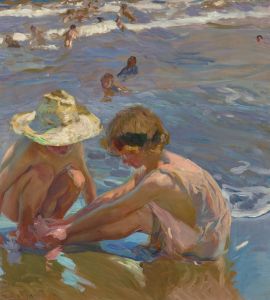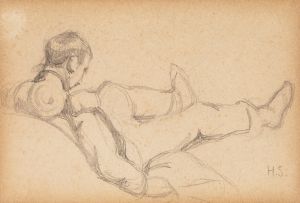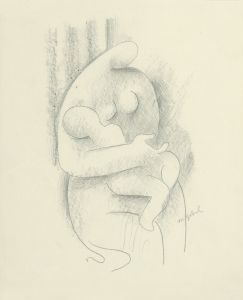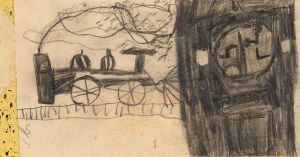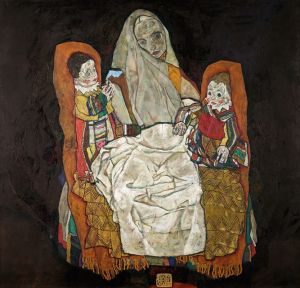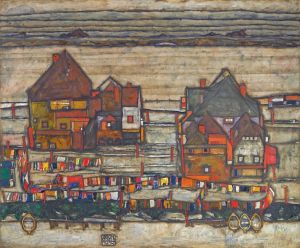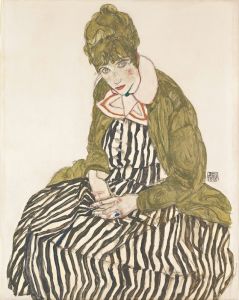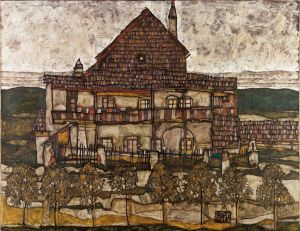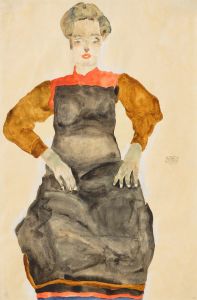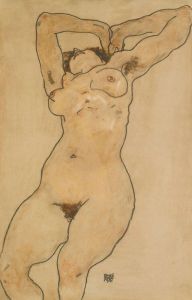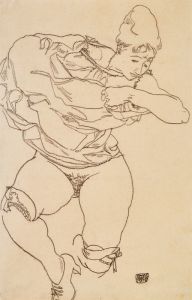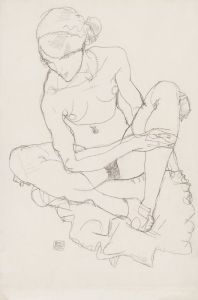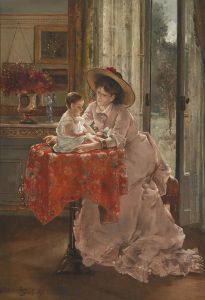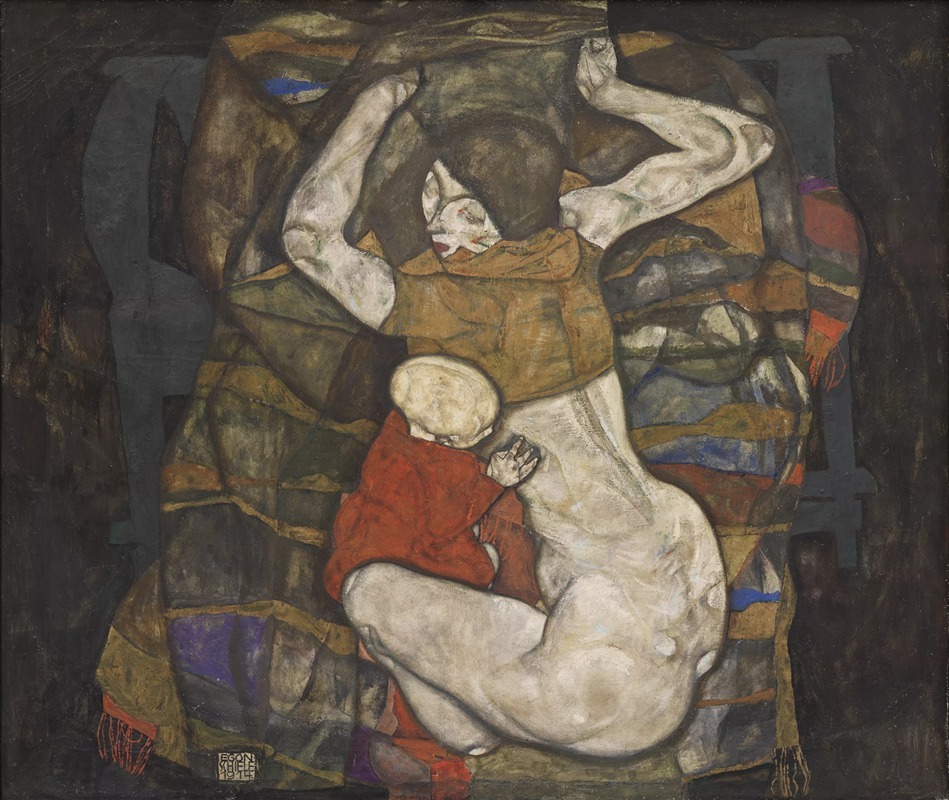
Junge Mutter
A hand-painted replica of Egon Schiele’s masterpiece Junge Mutter, meticulously crafted by professional artists to capture the true essence of the original. Each piece is created with museum-quality canvas and rare mineral pigments, carefully painted by experienced artists with delicate brushstrokes and rich, layered colors to perfectly recreate the texture of the original artwork. Unlike machine-printed reproductions, this hand-painted version brings the painting to life, infused with the artist’s emotions and skill in every stroke. Whether for personal collection or home decoration, it instantly elevates the artistic atmosphere of any space.
Egon Schiele, an Austrian painter known for his distinctive style and contribution to early 20th-century art, created the painting "Junge Mutter" (Young Mother) in 1914. Schiele was a protégé of Gustav Klimt and a significant figure in the Expressionist movement, renowned for his intense and often provocative portrayals of the human form. His work is characterized by its raw emotional intensity, bold lines, and striking use of color.
"Junge Mutter" is a compelling example of Schiele's exploration of human relationships and the complexities of motherhood. The painting depicts a young mother, a subject that Schiele revisited multiple times throughout his career. His portrayal often delves into the psychological and emotional dimensions of maternity, rather than idealizing it. In "Junge Mutter," Schiele captures the vulnerability and strength inherent in the maternal role, reflecting his interest in the human psyche and the existential aspects of life.
The composition of "Junge Mutter" is marked by Schiele's signature style, featuring elongated forms and a stark, almost skeletal presentation of the human body. This approach emphasizes the fragility and transient nature of life, a recurring theme in Schiele's oeuvre. The use of color in the painting is both expressive and symbolic, with muted tones that convey a sense of introspection and melancholy.
Schiele's work, including "Junge Mutter," often challenged the conventional norms of beauty and propriety in art. His candid and sometimes unsettling depictions of the human condition were both celebrated and criticized during his lifetime. Despite facing controversy and even legal challenges due to the perceived indecency of some of his works, Schiele remained committed to his artistic vision, pushing the boundaries of expression and exploring themes of identity, sexuality, and mortality.
"Junge Mutter" reflects Schiele's interest in capturing the essence of his subjects beyond their physical appearance. His ability to convey deep emotional states and psychological tension through his art has cemented his place as a pivotal figure in modern art. The painting is a testament to Schiele's skill in using the human form as a vehicle for exploring complex themes and emotions.
Today, Egon Schiele's works, including "Junge Mutter," are held in high regard and are featured in major art collections and exhibitions worldwide. His influence can be seen in the works of subsequent generations of artists who continue to draw inspiration from his innovative approach to form and expression. Schiele's legacy endures as a testament to his profound impact on the trajectory of modern art, with "Junge Mutter" standing as a poignant example of his artistic and thematic concerns.





